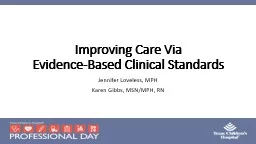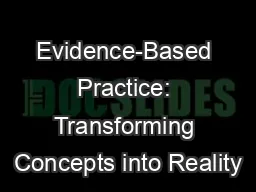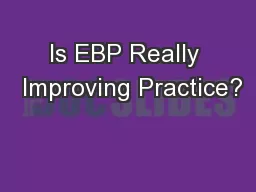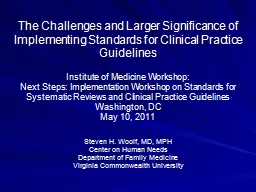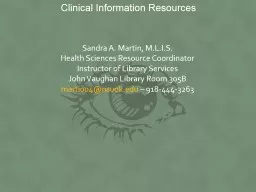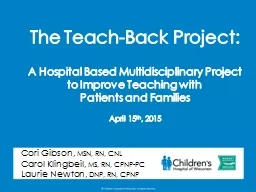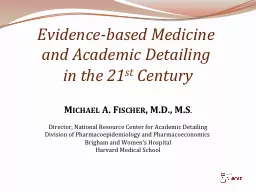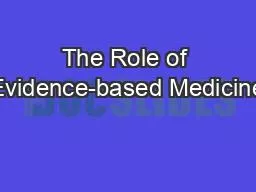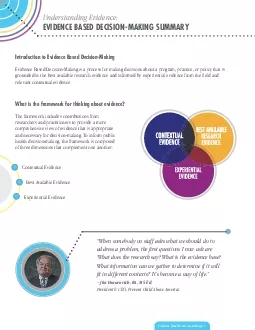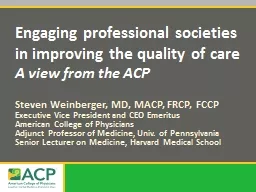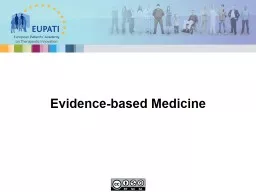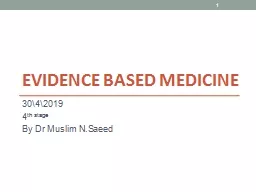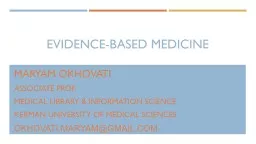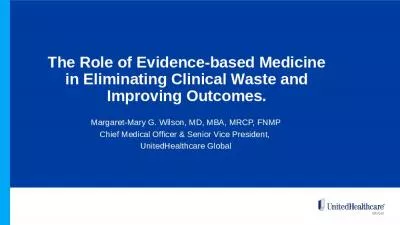PPT-Improving Care Via Evidence-Based Clinical Standards
Author : PeacefulPassion | Published Date : 2022-08-03
Jennifer Loveless MPH Karen Gibbs MSNMPH RN Objectives Identify the steps in the clinical standard development process at TCH Integrate recent evidence into practice
Presentation Embed Code
Download Presentation
Download Presentation The PPT/PDF document "Improving Care Via Evidence-Based Clini..." is the property of its rightful owner. Permission is granted to download and print the materials on this website for personal, non-commercial use only, and to display it on your personal computer provided you do not modify the materials and that you retain all copyright notices contained in the materials. By downloading content from our website, you accept the terms of this agreement.
Improving Care Via Evidence-Based Clinical Standards: Transcript
Download Rules Of Document
"Improving Care Via Evidence-Based Clinical Standards"The content belongs to its owner. You may download and print it for personal use, without modification, and keep all copyright notices. By downloading, you agree to these terms.
Related Documents

